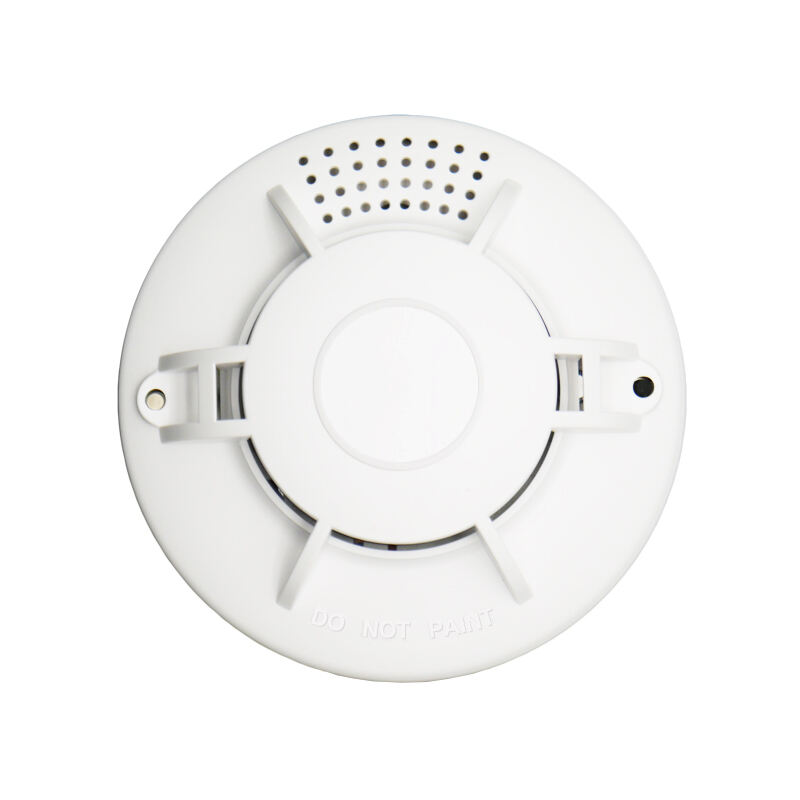conventional manual call point
A conventional manual call point is a crucial component of fire safety systems, designed to provide immediate alert capabilities in emergency situations. This device serves as a first line of defense, allowing building occupants to manually trigger the fire alarm system when they detect signs of fire or smoke. The unit typically features a break glass design, where users must break the protective glass panel to access and activate the alarm trigger. Modern conventional manual call points are equipped with robust mechanisms that ensure reliable operation while preventing accidental activation. They incorporate durable materials resistant to environmental factors and include features such as LED indicators to show activation status. These devices operate on simple electrical principles, connecting to the main fire alarm control panel through a conventional circuit. When activated, they send a signal that initiates the building's emergency response protocols, including sounders, strobes, and automatic notifications to emergency services. The installation process follows strict regulatory requirements, ensuring proper placement at strategic locations throughout a building, typically near exit routes and stairwells. Manual call points are designed to be easily identifiable, often featuring bright red coloring and clear instructional markings, making them readily accessible during emergencies.











